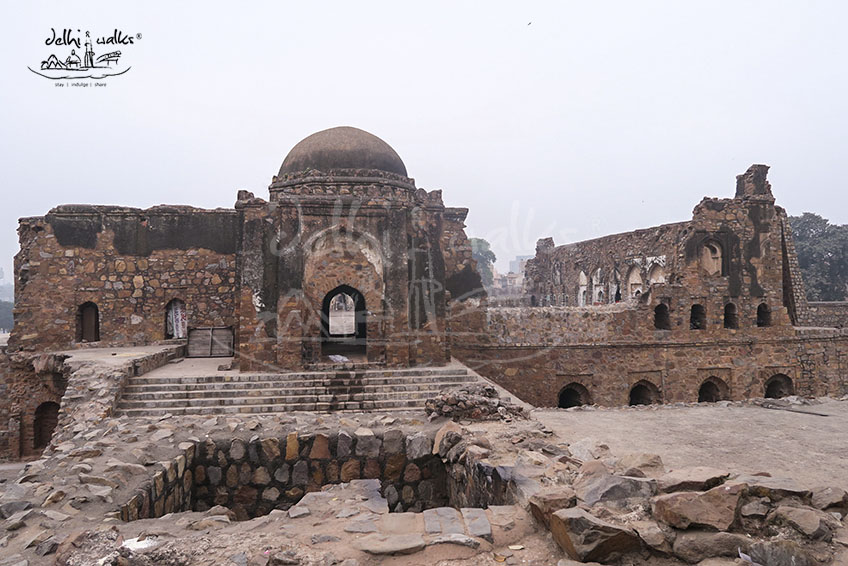The Cultural Hub that is Delhi!
India’s capital which has been reflecting the diversity of the nation and a range of cultural tradition since times immemorial, has been a show window to the whole country for a long time.
It is said, that the best way to experience Delhi, with its years of legacy is through the eyes of a passionate Delhiite, someone who offers you a perspective beyond the hustled lifestyle of the city, to explore the city’s soul. The landscape of Delhi is dotted with ample heritage buildings and structures which are intriguing enough to arouse curiosity even the busiest person urging him/her to step out from their tightly packed schedules and explore these places. You just need to pan at the right places.
‘Delhi Walks’ was conceptualized keeping the local cultural perspective in mind, the fact that the ‘right places’ or the heritage scattered all over Delhi’s nook and corners, waiting to be explore and discovered on foot by some passionate people about the city’s heritage and diverse history. By curating earthly experience to connect travellers with the city’s colorful past, thus providing a context for the present development of the city. These experiences are curated keeping in mind the larger narrative of the cultural amalgamation that the city boasts of.
You name a cultural experience, and the city has the experience right from the heart of the locals, residing there. While you are in North Delhi, you will experience how the medieval culture as well as the British monuments and the bloody remains of the first war of independence, coupled with the trails and the struggle for space right after partition had resulted in a culture which is a mix of typical Punjabi with a tinge of Mughal etiquettes can be seen in present days. The overarching grandeur of British monuments that have stayed back as a legacy keeps reminding us of the British influence on us.
When you travel towards the central part of Delhi, the central arcaded roads, with planned roundabouts which are built in the lap of greenery and wide roads which make you feel the British Raj at its best, every time you see the monuments.
From Central Delhi, we move right towards South Delhi, which was the centre of first habitation by all the invaders and rulers who came and ruled over Delhi. South Delhi has a mix of cultures from the 7th century A.D to the medieval monuments and overarching ruins which reflect a lot about the transition that Delhi was going through in the medieval past.




